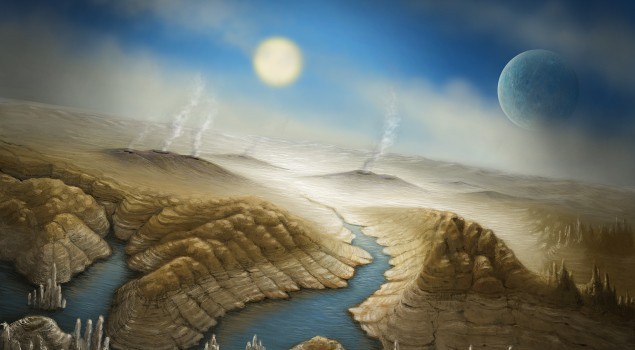Here are some of the details they’d need to cover even if one of these newer types of propulsion could actually work:
So what makes Kepler-452b so great? NASA called it “Earth 2.0” for a reason. It’s a “Goldilocks planet,” meaning it sits in the habitable zone of its star, where the temperatures are not too hot or cold for liquid water to form.
To reach “Earth 2.0,” humans would probably have to rely on a multi-generational ship loaded with more than 100 people to maintain genetic diversity, and enough power to take care of them and future generations, Liu said.
The people on the ship would have to be shielded from intense solar radiation and stay clear of supernovas, which can emit the equivalent of 10 billion years of sunlight in a single blast, according to Liu.
The spacecraft would also have to endure the impact of interstellar dust, which would wear its hull down over the course of 2,000 years.
One bonus of traveling really, really fast: time moves much slower for the person moving than for those who are left behind.
At 70 percent the speed of light, only 1,428 years would go by on the spaceship, compared to 2,000 years on Earth.
We will definitely keep you posted on any updates from NASA and it is likely they will study this solar system very closely.
And the video below may yield some interesting information in studying the geology of habitable planets.
thanks to nbcnews.com for the great info
thanks to SETI institute for the pic

Yes we could, currently it would take us 25 million years.
Yes
You all ready have
@[100004942789002:2048:Jevon Martinez]
Not we, as in us alive today.